One characteristic shared by many farmers who I have met on my travels is a strong attachment to certain breeds of livestock.
From British Friesians to Aubracs to Belted Galloways, farmers will passionately extol the virtues that distinguish their favourite breeds. For Limerick brothers Michael and Tom Keane, the interest in, and commitment to, ‘heritage breeds’ runs particularly deep.
The brothers farm on adjacent holdings on the Shannon estuary which their grandfather bought back in 1938.
The landscape is pretty unique: 50 acres of it resemble a mini-Burren - limestone pavements, turloughs and grasslands teeming with wildlife.
Adjacent salt marshes, lagoons and tidal grasslands provide a boon for bird life – and a salty, mineral-rich diet for livestock.
Farm Facts
Name: Michael and Tom Keane.Farm type: Organic dairy, suckler beef. Farm size: 135haFocus: Sustaining farming heritage – history, breeds and habitats.Schemes: Agri-Climate Rural Environment Scheme (ACRES), National Parks and Wildlife Farm Plan Scheme (NPWS), Organic Farming Scheme(OFS).Responding to designations
When the land was designated (parts SAC, parts SPA) in the 1990s, this meant a curtailment of land improvement activities and a significant change in direction for the brothers’ farming journeys.
They decided to convert to organics, embrace agri-environment schemes (including, today, ACRES and NPWS farm plan schemes) and to use ‘traditional’ breeds to better suit their revised, low-input approach.
Shorthorn
Michael, a co-founder of the Little Milk Company, is a Shorthorn man (though he also milks Red Poll, Kerry and Droimeann cows), supplying organic milk from his 40 cows to produce cheese, mostly for export.

Tom with his heritage herd of Droimeann cattle which thrive on difficult terrain.
Tom breeds Droimeann cattle, listed as a ‘native rare breed’ which he mostly sells as weanlings and for breeding. He also keeps some Galway sheep (which help with ragwort control).
The Droimeanns (from ‘Droim Fhoinn’ loosely translated as ‘white back’ referring to the distinctive white stripe running along the spine) are a sight to behold – particularly against the estuarine backdrop. Tom finds them placid, very fertile, easy-calving and hardy enough to out winter on his rough pastures.
A founder member of the Droimeann society, he is passionate about the breed and its conservation: when designated as a rare breed in 2020 there were only 243 breeding females and 24 males left in Ireland.
Use it or lose it
They say that the best way to conserve something – from an old building to a rare breed - is to use it. Selling the meat and milk is one such use (albeit requiring some clever marketing to add value), but Tom has another, broader vision for using rare breeds, one that aligns well with the current push for ‘nature restoration’ in Ireland.
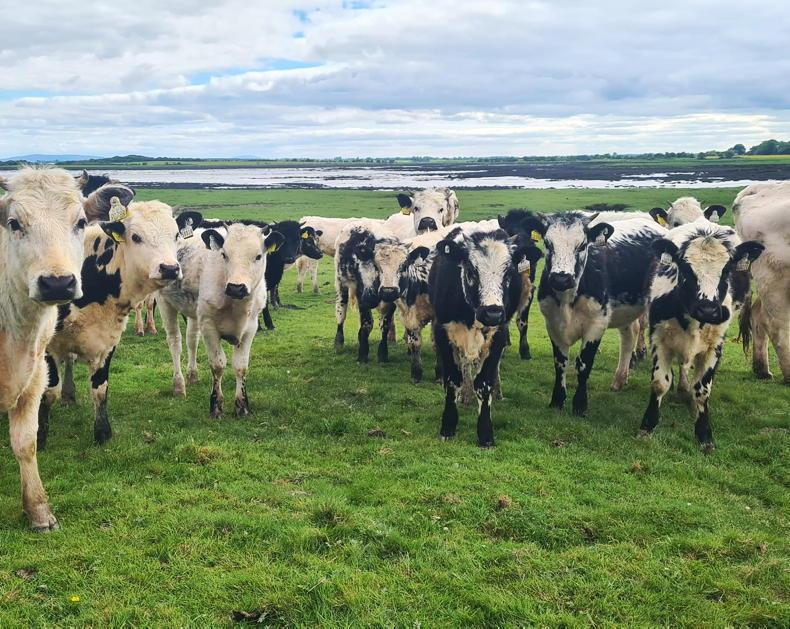
Tom Keane’s Droimeann herd.
Inspired by his own herd’s ability to thrive on difficult terrain and coarse forage, Tom feels that rare breeds are ideally suited to help ‘refarm’ rough grasslands and restore its biodiversity.
He envisions a system whereby stockless landowners ‘host’ rare breeds to maintain the land and its ‘natural capital’ (and potentially unlocking payments).
This vision for rare-breed ‘conservation grazing’ is well-founded - already we see Irish Maol (Moiled) and Kerry cattle being deployed by NPWS to restore biodiversity in Connemara, Burren and Killarney National Parks, with Dexters used elsewhere.
Michael and Tom are farmers to the core, proud of their farm heritage and acutely conscious of their dual role as producers and custodians. They have both reared families on their farms, though they lament the younger generation’s declining interest in farming.
They are ever-generous in sharing their knowledge and in welcoming researchers, birders, walking groups and school tours to their heritage-rich holdings.
You could almost say the brothers are a rare breed in their own right. Like their beloved cattle, they will have an important role to play, and lessons to share, in shaping society’s response to sustaining our rich rural heritage.
The Department of Agriculture, Food and the Marine (DAFM list the following native rare cattle breeds: Kerry, Dexter, Irish Maol (Moiled) and Droimeann. For more about Droimeanns, visit the www.droimeanncattlesociety.com/On Sunday 18 August, Bunratty Folk Park will host an event promoting rare breeds of livestock and discuss their relative merits and functions. Visit the www.bunrattycastle.ie/folk-park/Top Tips
Tom harvests and propagates his own tree seeds (he has a registered tree nursery).
He uses sheep’s wool as a weed block/mulch and seaweed to promote tree growth.
One characteristic shared by many farmers who I have met on my travels is a strong attachment to certain breeds of livestock.
From British Friesians to Aubracs to Belted Galloways, farmers will passionately extol the virtues that distinguish their favourite breeds. For Limerick brothers Michael and Tom Keane, the interest in, and commitment to, ‘heritage breeds’ runs particularly deep.
The brothers farm on adjacent holdings on the Shannon estuary which their grandfather bought back in 1938.
The landscape is pretty unique: 50 acres of it resemble a mini-Burren - limestone pavements, turloughs and grasslands teeming with wildlife.
Adjacent salt marshes, lagoons and tidal grasslands provide a boon for bird life – and a salty, mineral-rich diet for livestock.
Farm Facts
Name: Michael and Tom Keane.Farm type: Organic dairy, suckler beef. Farm size: 135haFocus: Sustaining farming heritage – history, breeds and habitats.Schemes: Agri-Climate Rural Environment Scheme (ACRES), National Parks and Wildlife Farm Plan Scheme (NPWS), Organic Farming Scheme(OFS).Responding to designations
When the land was designated (parts SAC, parts SPA) in the 1990s, this meant a curtailment of land improvement activities and a significant change in direction for the brothers’ farming journeys.
They decided to convert to organics, embrace agri-environment schemes (including, today, ACRES and NPWS farm plan schemes) and to use ‘traditional’ breeds to better suit their revised, low-input approach.
Shorthorn
Michael, a co-founder of the Little Milk Company, is a Shorthorn man (though he also milks Red Poll, Kerry and Droimeann cows), supplying organic milk from his 40 cows to produce cheese, mostly for export.

Tom with his heritage herd of Droimeann cattle which thrive on difficult terrain.
Tom breeds Droimeann cattle, listed as a ‘native rare breed’ which he mostly sells as weanlings and for breeding. He also keeps some Galway sheep (which help with ragwort control).
The Droimeanns (from ‘Droim Fhoinn’ loosely translated as ‘white back’ referring to the distinctive white stripe running along the spine) are a sight to behold – particularly against the estuarine backdrop. Tom finds them placid, very fertile, easy-calving and hardy enough to out winter on his rough pastures.
A founder member of the Droimeann society, he is passionate about the breed and its conservation: when designated as a rare breed in 2020 there were only 243 breeding females and 24 males left in Ireland.
Use it or lose it
They say that the best way to conserve something – from an old building to a rare breed - is to use it. Selling the meat and milk is one such use (albeit requiring some clever marketing to add value), but Tom has another, broader vision for using rare breeds, one that aligns well with the current push for ‘nature restoration’ in Ireland.

Tom Keane’s Droimeann herd.
Inspired by his own herd’s ability to thrive on difficult terrain and coarse forage, Tom feels that rare breeds are ideally suited to help ‘refarm’ rough grasslands and restore its biodiversity.
He envisions a system whereby stockless landowners ‘host’ rare breeds to maintain the land and its ‘natural capital’ (and potentially unlocking payments).
This vision for rare-breed ‘conservation grazing’ is well-founded - already we see Irish Maol (Moiled) and Kerry cattle being deployed by NPWS to restore biodiversity in Connemara, Burren and Killarney National Parks, with Dexters used elsewhere.
Michael and Tom are farmers to the core, proud of their farm heritage and acutely conscious of their dual role as producers and custodians. They have both reared families on their farms, though they lament the younger generation’s declining interest in farming.
They are ever-generous in sharing their knowledge and in welcoming researchers, birders, walking groups and school tours to their heritage-rich holdings.
You could almost say the brothers are a rare breed in their own right. Like their beloved cattle, they will have an important role to play, and lessons to share, in shaping society’s response to sustaining our rich rural heritage.
The Department of Agriculture, Food and the Marine (DAFM list the following native rare cattle breeds: Kerry, Dexter, Irish Maol (Moiled) and Droimeann. For more about Droimeanns, visit the www.droimeanncattlesociety.com/On Sunday 18 August, Bunratty Folk Park will host an event promoting rare breeds of livestock and discuss their relative merits and functions. Visit the www.bunrattycastle.ie/folk-park/Top Tips
Tom harvests and propagates his own tree seeds (he has a registered tree nursery).
He uses sheep’s wool as a weed block/mulch and seaweed to promote tree growth.







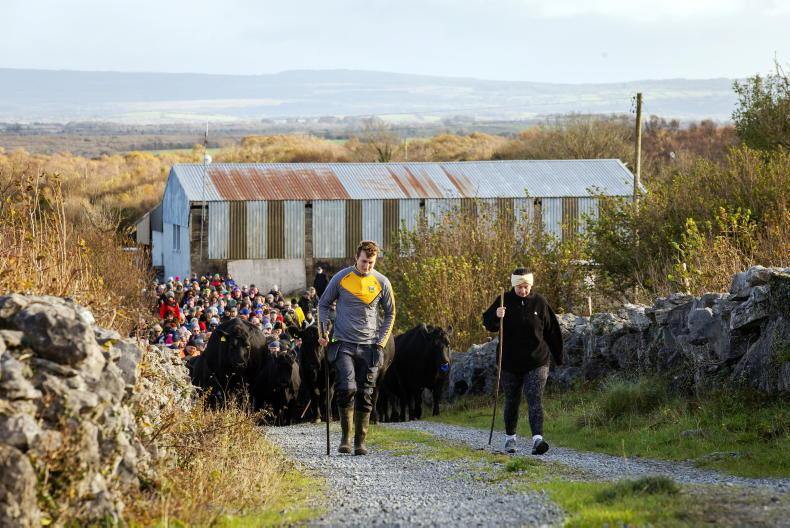
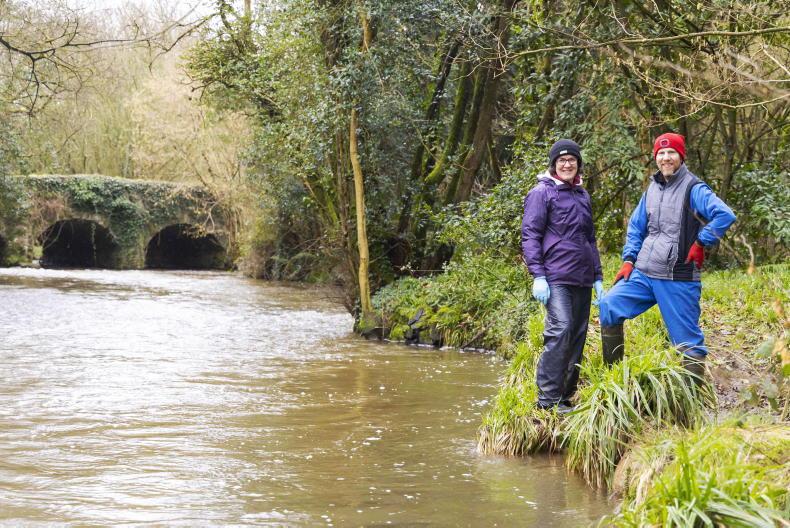
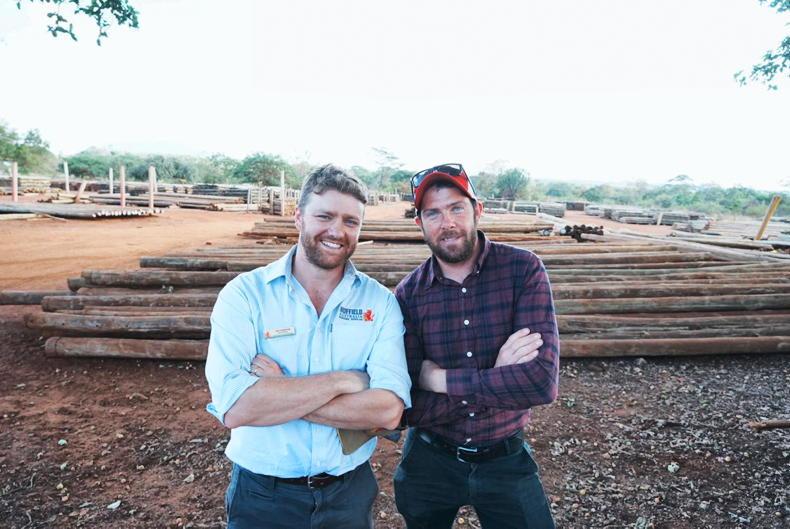
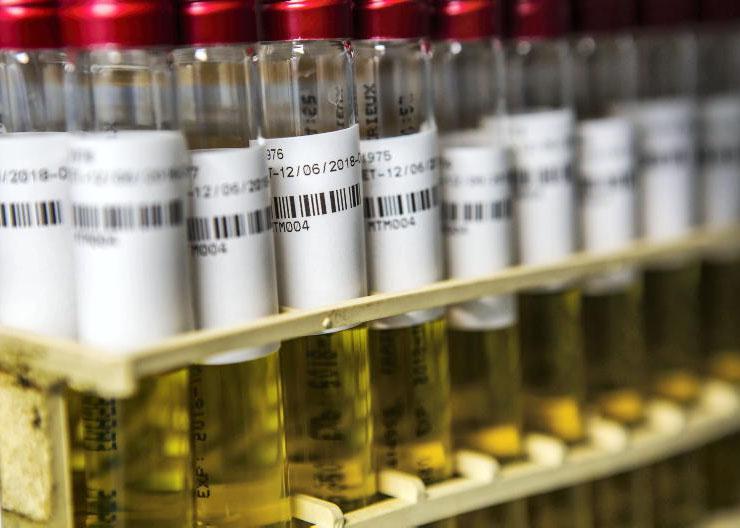
SHARING OPTIONS